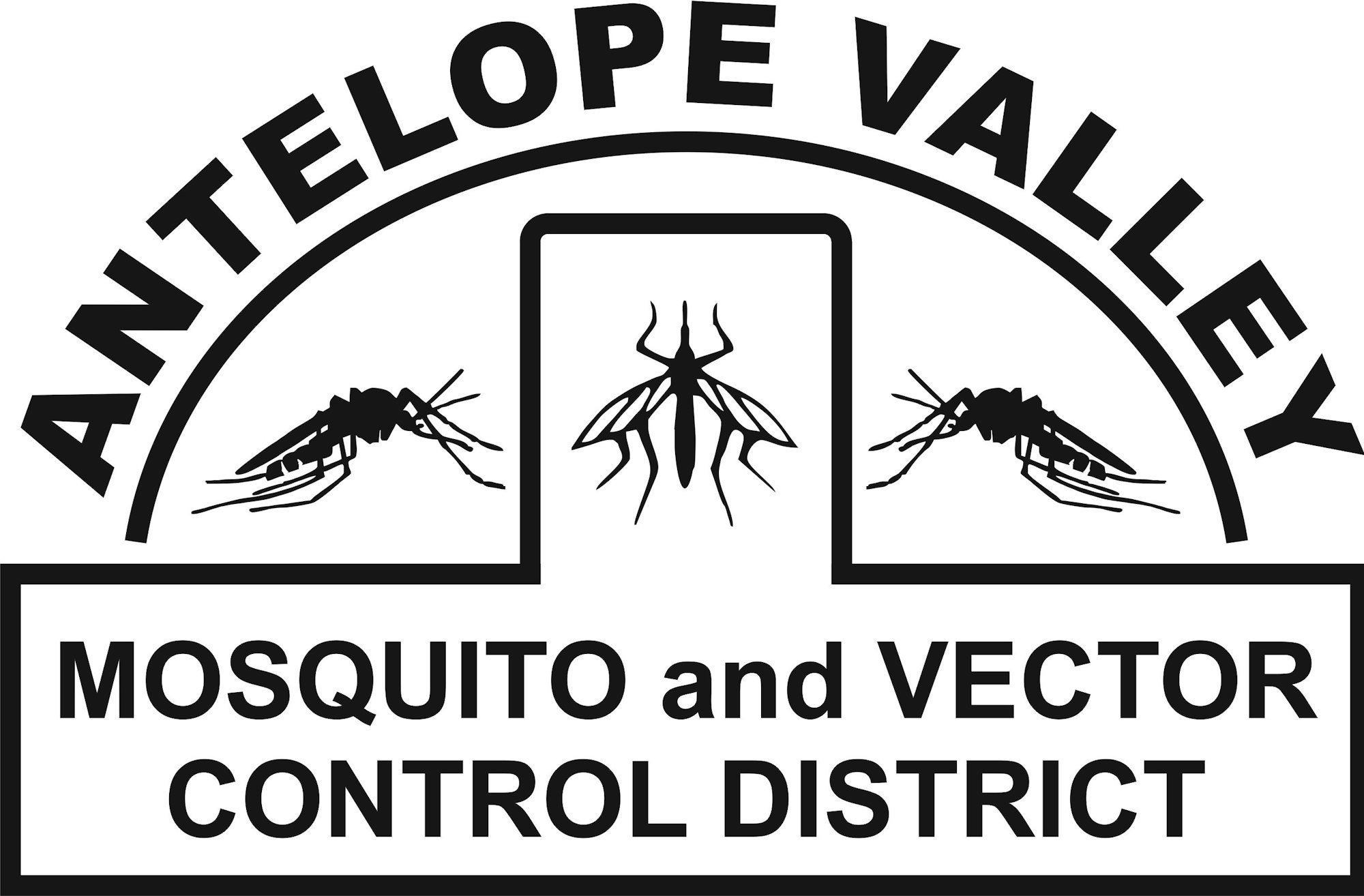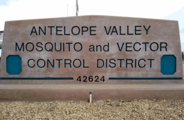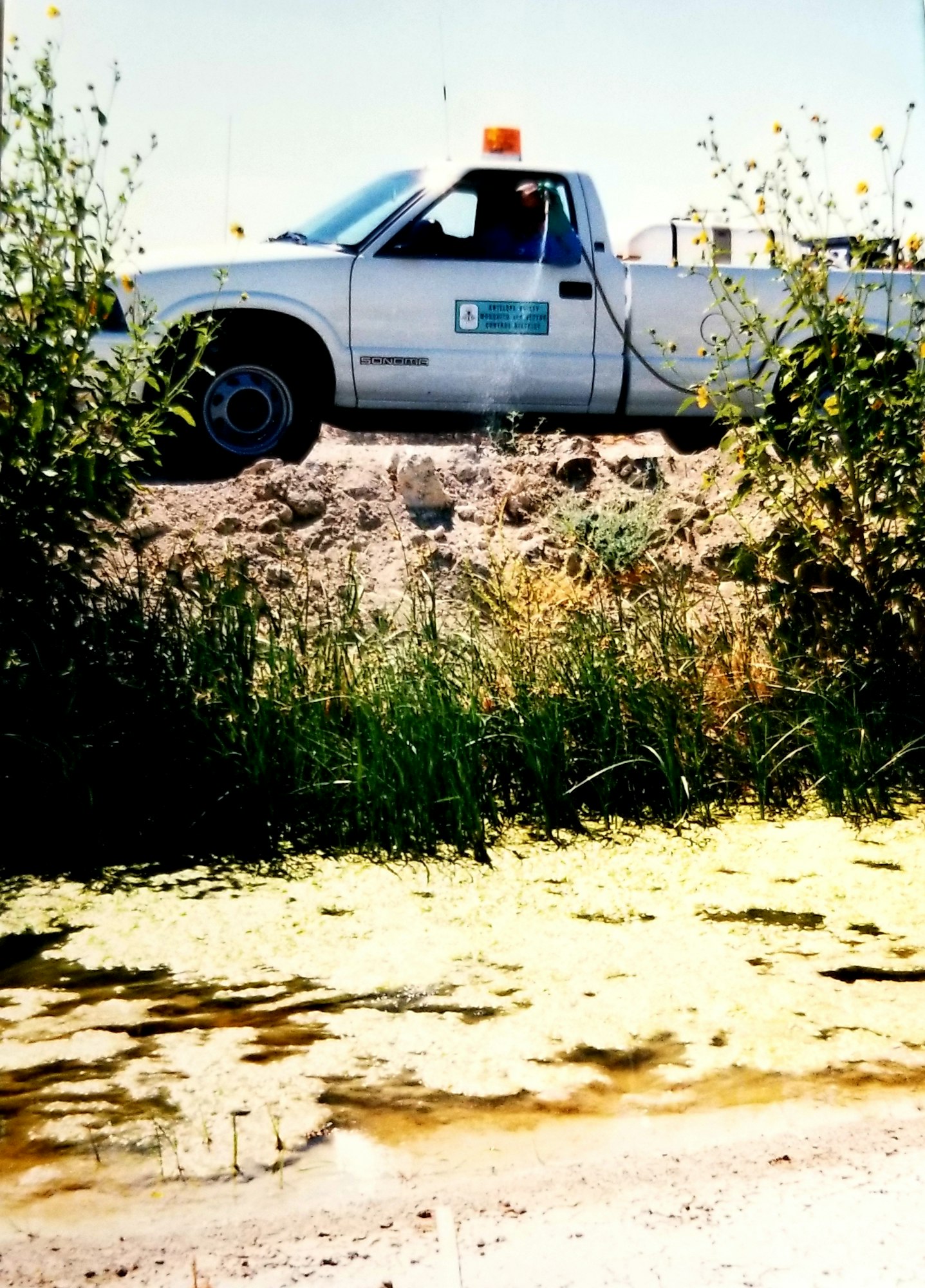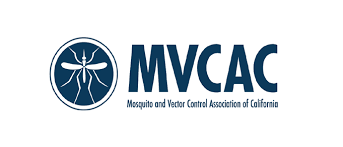About Us
Mission Statement: To protect the public health of it's citizens, improve enjoyment of outdoor recreation and enhance economic development

Boundary Map
History and Background
The Antelope Valley Mosquito & Vector Control District was established by the Los Angeles County Board of Supervisors in 1958 as a public health agency. The District's mission is to protect the public health of its citizens, improve enjoyment of outdoor recreation and enhance economic development by reducing vector populations.
A "vector" is defined in the California Health and Safety code Section 2002 as "any animal capable of transmitting the causative agent of human disease or capable of producing human discomfort or injury including, but not limited to mosquitoes, flies, mites, ticks, other arthropods, and rodents and other vertebrates."

The Antelope Valley Mosquito and Vector Control District was officially formed on August 21st 1958, through action taken by the Los Angeles County Board of Supervisors, as a result of a petition submitted by the residents of the Antelope Valley. Governing power is vested in a five-member Board of Trustees whose members represent the citizens of Palmdale, Lancaster, and Los Angeles County. The District works under the authority of the California Health and Safety Code §2000-2093.
The Antelope Valley Mosquito and Vector Control District is one of five vector control districts in Los Angeles County. Year-round, the District follows a comprehensive integrated vector management (IVM) stratagy that includes:
Disease Surveillance – Vector populations are surveyed with a variety of sampling tools and laboratory techniques to determine whether vector-borne diseases are prevalent. The abundance of vectors like mosquitoes indicates the level of public health risk. Mosquitoes are tested routinely for evidence that West Nile (WNV), St Louis encephalitis (SLE), western equine encephalomyelitis (WEE) viruses are circulating. The risk for emerging diseases caused by chikungunya, dengue, and Zika viruses is also evaluated.
Prevention and Control – Areas where vectors may rest, develop, or reproduce are identified and treated. The broad control strategies are:
- Source Reduction –standing water or other harborage that may support mosquitoes and other vectors is reduced or eliminated.
- Environmental Control –the environment is be altered to make it less conducive to develop or harbor mosquitoes and other vectors.
- Biological and Chemical Control - natural predators such as mosquito fish, or biorational pesticides are used to eliminate or manage vector populations.
- Public Education and Outreach –information for residents and local agencies is provided at no cost through print literature, press releases, community fairs, classroom programs, social media, and local events.



Since its formation, the District has increased its size from approximately 178 square miles to over 287 square miles, including the cities of Lancaster and Palmdale, as well as Quartz Hill. In August of 1994 the name was changed to Antelope Valley Mosquito and Vector Control District (AVMVCD).
The Antelope Valley Mosquito & Vector Control District is a "Independent Special District" (government entity) that is funded by a benefit assessment charged to each parcel within District boundaries. As a special district we are able to collect a benefit assessment fee and property taxes to raise the money we need to operate the District. This way we can provide our service free of any additional charges to the entire community within our boundaries.

From the beginning, the District was dedicated to informing the public about mosquito-borne diseases and joined the Mosquito and Vector Control Association of California to benefit from the collaborative efforts and information-sharing of the other Vector Control Districts in California.
Our goal at AVMVCD is to reduce the number of mosquitoes within our District boundaries and monitor and reduce outbreaks of mosquito-borne diseases, such as West Nile Virus. This is achieved by utilizing an Integrated Vector Management (IVM) program which was outlined above.
In 1999, with the arrival of the Africanized Honey Bee (AHB) or so-called “Killer Bee” in the Antelope Valley, the District included limited control of AHB’s to our services. After reviewing the program in 2017, the Board of Trustees determined that the bee program was a distraction from the primary focus of mosquito surveillance and abatement – especially given the spread of invasive Aedes aegypti and the threat of diseases like Zika virus, dengue fever and yellow fever in California.

Bees are very beneficial and are a vital part of the ecosystem. Most of the time, people encounter swarms of bees that cluster on a tree branch (see picture). These are bees that are resting and are usually not aggressive and will move on within a day or two if left alone.
For Bee inquiries, we recommend residents contact either a beekeeper (www.avbeekepers.com) or a licensed pest control operator if they have a problem.


